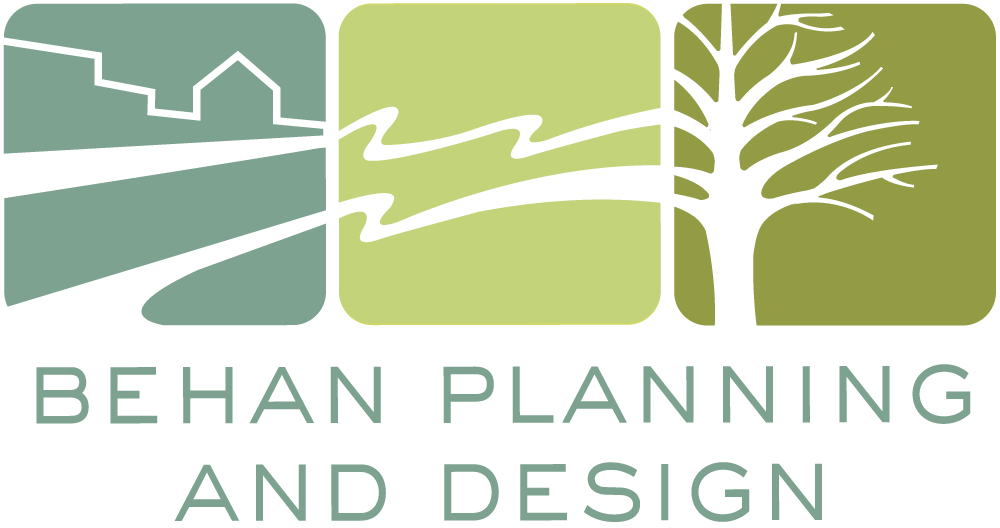
Lasting Impact:
25 YEARS. A LEGACY OF PRESERVATION AND SUSTAINABILITY.
Year 1. In 1994, Behan Planning and Design began with one client. Bill Carpenter, Pittsford, New York’s town supervisor asked us if we would help implement the town’s comprehensive plan that had just been adopted. On the top of the list was helping the town protect its important open space resources. That meant protecting family farms from becoming residential subdivisions to the extent such was possible.
Fast forward to 2021 and 2022, the town is celebrating the 25th anniversary of the adoption of the Greenprint for Pittsford’s Future: “A legacy of preservation and sustainability."
This visionary program was adopted by unanimous vote of the Pittsford Town Board in 1996 and the last (Snyder-Lehman) farm from the Greenprint plan was protected with a purchase of development rights in 2002. We worked with the town to help design the program and implement it over those years and we are proud to be part of the town’s success for that program and for several other successful projects—all stemming from that one comprehensive plan.
To coin a phrase. In promoting the town’s open space initiative back in 1994, John Behan suggested that maybe the town would want to call the plan we had put together a “greenprint”, like a blueprint, but a greenprint. A big, green plan for protecting the town’s important natural resources, farmland and scenic landscape. Bill Carpenter liked that idea as did the town board and that term and so, the Greenprint was born. People with natural resource conservation on their minds from all over were also intrigued. They called supervisor Carpenter, they emailed him, they invited him to speak about what the town was doing, about this greenprint. They came to town—planners and leaders from far-flung places. A contingent from France came. So did the land planning leadership team from the Peoples Republic of China.
This idea of a greenprint took off. The New York Times did a feature story in the Business Day section. CBS This Morning had a segment on Pittsford’s Greenprint program. Cities, counties and even states started to create their own Greenprints or GreenPrint as the State of Maryland calls its program. We came up with the name Greenprint, and we even began a trademark application defense, but we abandoned that effort when it became apparent that the proverbial cat was out of the bag. After Pittsford’s initial success and visibility, the word was out (literally and figuratively) and too many communities and entities had decided to adopt the expression for their own use. We proudly abandoned our trademark application process. Our baby had grown up! (In 1998, John J. Behan, AICP and the Town of Pittsford were recognized with the National Award for Planning for the Current Topic Award: Planning and the Conservation of Places for the Greenprint initiative.)
Today, we still incorporate the principles of objective and measurable environmental analysis we established in framing Pittsford’s Greenprint in our resource protection projects. And, interestingly, some of the most successful other greenprint programs incorporate the principles we developed as well (see for example Maryland’s program in its department of natural resources that was one of the first to adopt the Greenprint nomenclature.
What is a Greenprint, actually?
A Greenprint is a comprehensive resource conservation plan and community or region-wide design that systematically evaluates complex resource values and includes a specific priority ranking for resources and properties to conserve and projects to advance that are coupled with a financing program and a robust community outreach and involvement process. Ultimately, a Greenprint will result in a landscape that provides a healthy balance of land preserved as working farms, forests, nature preserves and parklands.

